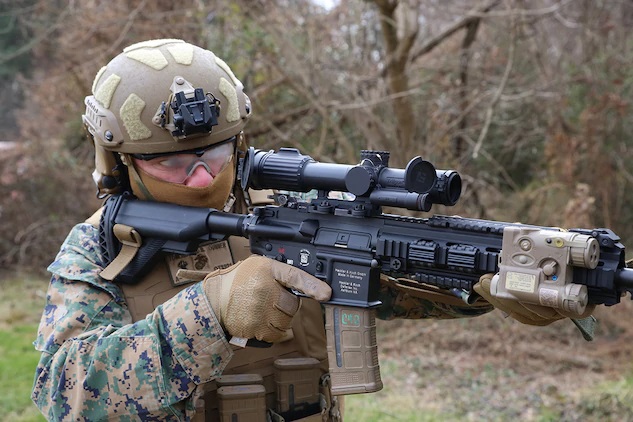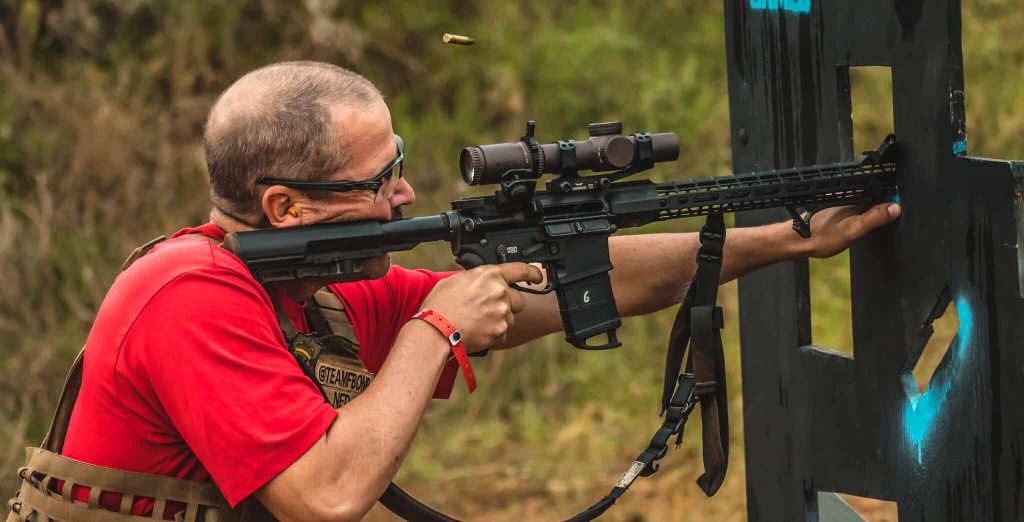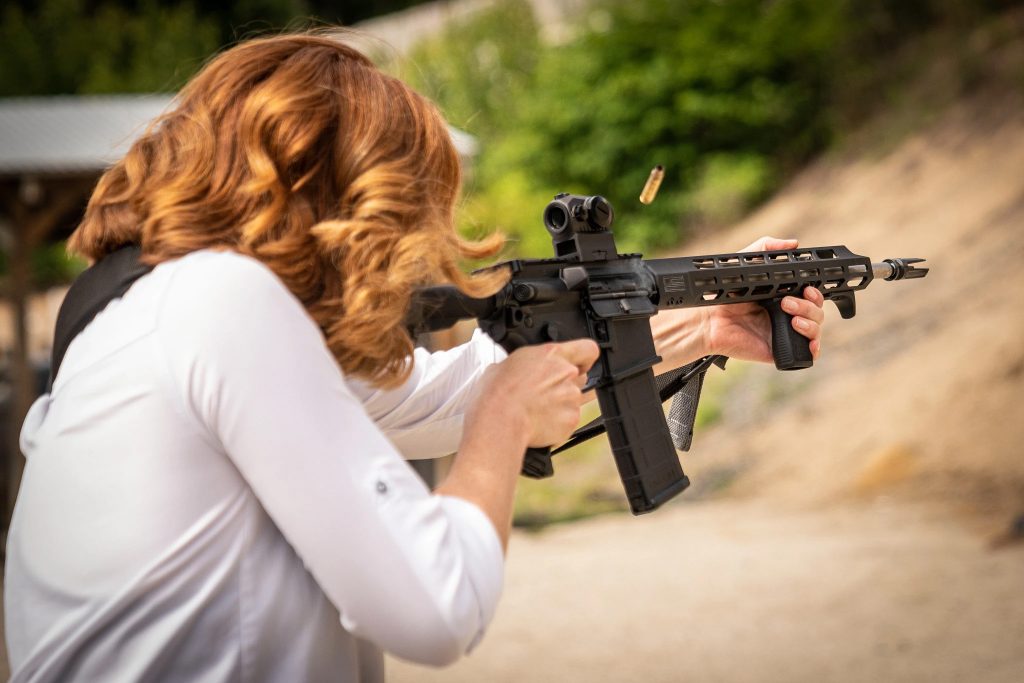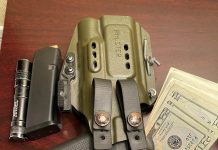
What’s good for the goose isn’t always good for the gander. Well, the reverse of that is true. Sometimes what’s good for the gander isn’t always good for the goose. You are the goose, and the military is the gander. Is military gear always the right choice for you?
If you remember, a few months ago, maybe even a year now ACOGs got cool again, and LPVOs were last week’s supper. That obviously righted itself, and we regard it as another passing fad. However, it got me thinking about the fact that just because a certain piece of gear is good for the individual doesn’t mean it’s good for the military, and sometimes it’s vice versa.
We can explain the reasoning behind certain choices and the reason why what the military uses might not be good for you. Also, what you use might not be good for the military. One of the most obvious reasons is often funding, but we’ll leave that to the bean counters. Lets focus on the practical effects.
Also, there will be exceptions. Obviously, cool guys in special mission units, SOCOM, and beyond will use a wider variety of gear. That’s on a fairly limited basis relative to the entire military.
The ACOG – A Modern Example of Military Gear
Let’s use the aforementioned ACOG as an example of why military gear isn’t always the best option for the goose, but it can be a great option for the gander. While the ACOG is a great optic, it’s not perfect. It’s quite old by today’s standards, but it has served its country well.
The question is, is it worth 1,200 dollars to equip your individual rifle with a fixed 4X scope that has terrible eye relief, a small field of view, and plenty of other downsides? Especially when more modern optics exist that are often more versatile at that price point. With 1,200 dollars, you can get a pretty decent LPVO setup.

ACOGs are great, and if you had to equip an entire military force with magnified optics in 2004, they are the best option available. Even now, it’s not a terrible choice. The fixed power and durable design kept things simple. These were adopted while we were fighting in two countries by the USMC, and everyone was trained on iron sights. The ACOG offered a simple optic with a BDC that was very easy and effective for the average infantryman to use.
If I have a month to teach an 18-year-old who has never shot a gun before not only how to shoot, but to use an optic before they are shipped off to war, then the ACOG is my choice too. It’s capable in most small arms ranges and will make it easier for grunts to hit their targets. That doesn’t make it the best choice for you, who might have endless time to train and learn your optic.
That choice made sense, as did the Aimpoint M68 CCO, the Knight’s rail, and so many other options we’ve seen adopted as military gear.
On the Flip Side
There are plenty of awesome pieces of gear out there that wouldn’t make sense for the military to adopt. For example, I don’t foresee big Army or Marine Corps adopting modlites for every troop. Cloud Defensive, Modlite, and Arisaka are some of the best light makers out there, so why not? Why are we still seeing PEQ16s with their laughable white lights and WMX200 lights pumping out 200 lumens of light?

The real reason comes down to the fact that night vision exists and is widely fielded to military forces. Why give away your position with a white light when the soft green comfort of night vision can tell you exactly what you want to know? Power up a thermal, and you’ll have a better chance of spotting a bad guy than using a white light.
For people like me, I want a good white light because I’m not strapping nods on if something goes bump in the night. I’m grabbing my closest available white light-equipped gun and preparing to defend myself.
A Modern Military
With all this said, the military is slowly beginning to adopt more modern gear like LPVOs for their fighting forces. Combat arms guys are geared up these days. The NGSW contest is even putting a computer in one. It takes the military time to find the right gear and right products. Their gear shifts with cultural changes and expectations.
A generation grew up fighting in the middle east with optics, rail systems, lights, and beyond. That generation is now in charge and better understands more modern advancements. The culture inside the military is better capable of teaching how to use these tools so we can move to better gear.

You and I don’t have to change gear slowly. We can buy it on Amazon without a process, have it shipped to us, learn on Youtube how to use it, and hit the range all in the same day. Keep that in mind when you’re considering if something is worth purchasing just because the military adopted it. Mission drives gear selection, and you’ll need to see what your mission will be and choose gear based on that rather than what Uncle Sam swipes his credit card for.
To me, if the military adopts it, I know it’s likely durable, especially if it’s issued to 18-year-old grunts. Those guys can break anything. This is all not to say there isn’t any crossover, but just choose the gear that fits you.



